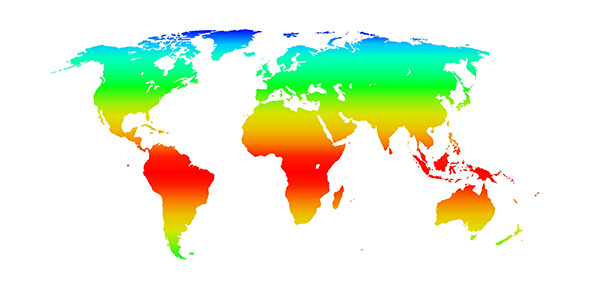Related Flashcards
Related Topics
Cards In This Set
| Front | Back |
|
Climate change
|
Climate change refers to any significant change in measures of climate
(such as temperature, precipitation, or wind) lasting for an extended
period (decades or longer).
|
|
Greenhouse effect
|
Trapping and build-up of heat in the atmosphere near the
Earth’s surface. Some of the heat flowing back toward space from the
Earth's surface is absorbed by water vapor, carbon dioxide, ozone, and several
other gases in the atmosphere and then reradiated back toward the Earth’s
surface.
|
|
Greenhouse gases
|
Any gas that absorbs infrared radiation in the atmosphere. Greenhouse
gases include, but are not limited to, water vapor, carbon dioxide
(CO2), methane (CH4), nitrous oxide (N2O), chlorofluorocarbons (CFCs)
|
|
Carbon footprint
|
The total amount of greenhouse gases produced to
directly and indirectly support human activities, usually expressed in
equivalent tons of carbon dioxide (CO2). Sources may be cars, energy plants, any electrical device, burning of forests, food requiring energy to produce it, and more.
|
|
Global warming
|
Global warming is an average increase in the temperature of the atmosphere
near the Earth's surface and in the troposphere, which can contribute
to changes in global climate patterns. Global warming can occur from a variety
of causes, both natural and human induced.
|
|
Sustainability
|
Sustainable means using methods, systems and materials that won't deplete resources or harm natural cycles
|
|
|
|








